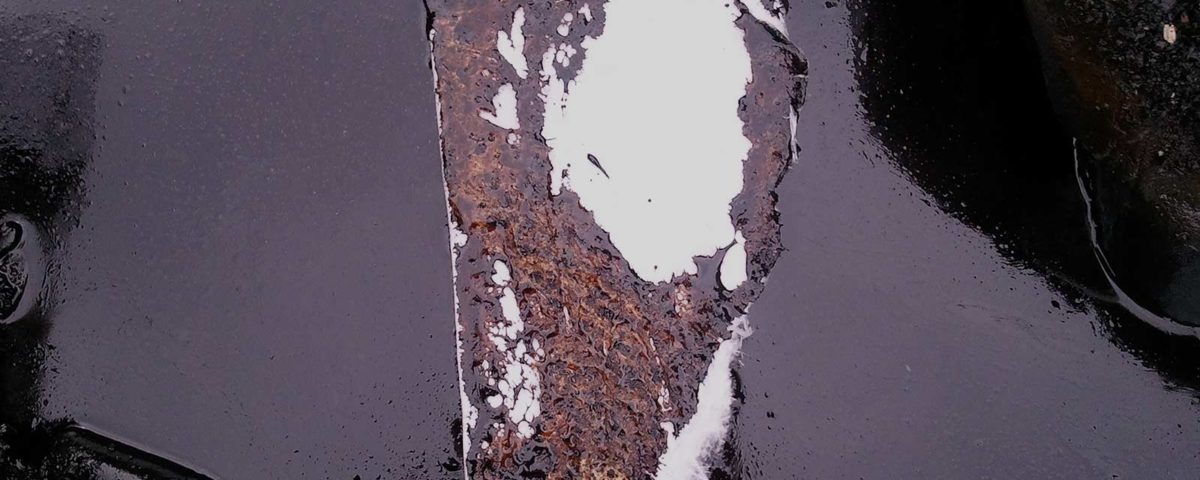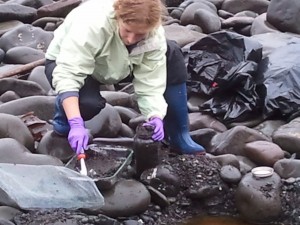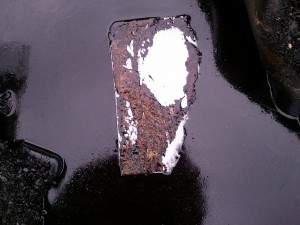Sampling oiled sediments

An Oil Spill Recovery Institute-sponsored graduate student recently got her first exposure to the challenges of conducting fieldwork in Prince William Sound. Lindsey Saum, a Ph.D. candidate at the University of California Riverside, is studying bacteria that degrade oil in sediments. Of particular interest are the bacteria associated with the residual oil from the Exxon Valdez that can be found in Prince William Sound. Lindsay is studying how bacterial populations change as different treatments are applied to stimulate degradation of oil.
Lindsay’s first lesson was in the difficulty of logistics for sampling in the area. Arriving in September, she encountered numerous days of wind and heavy rain that prevented her from flying to a sampling site to collect oily sediments. Because her sampling sites are intertidal, she also had to work when the tide would be low enough to collect samples during daylight hours. After nearly a week of waiting and reaching the point where the tides would prevent sampling, she was able to collect samples at Smith Island with Dave Janka of Auklet Charter Services.
Once at Smith Island, Lindsay busily dug pits in an area that is known to have heavy residual oil. She began by collecting sediment at an uncontaminated reference site. The sediments were screened to remove larger rocks and then placed in prepared jars. Meanwhile, Scott Pegau and David Janka searched for oiled sediments. After digging six pits and returning to the Auklet to check site reference photos, David was able to identify the location of the residual oil. The area where the team searched for oiled sediments is not large so it was easy to miss. A second layer of boulders and sediment had covered the oiled sediments, making their location much deeper than expected and more difficult to find.
Collecting samples from the oily sediment was eye opening. Fortunately, it was a cool day so the fumes didn’t become overpowering. After a short period of time a heavy layer of oil filled the pit. Lindsey was able to get the samples of oiled sediment needed to complete her Ph.D. project. The pits were filled in and the samples shipped to her laboratory. It was clear that the oil does remain, but it takes a lot of expertise and muscle power to be able to reach it. Thanks to David Janka for providing his expertise so the student was able to collect the samples she needed.






